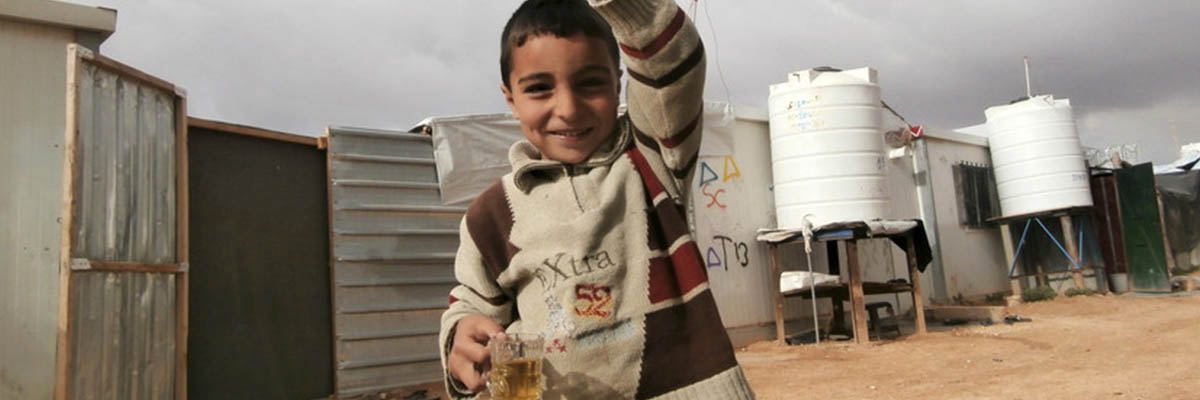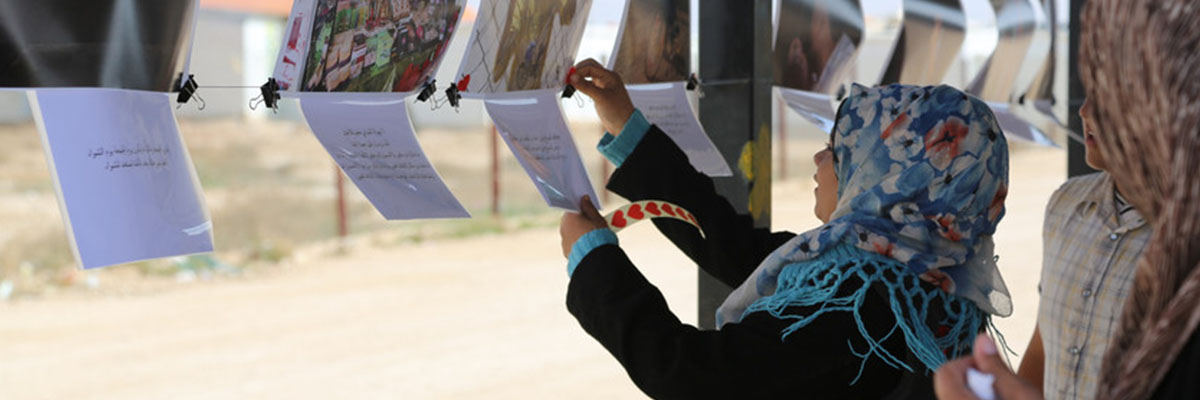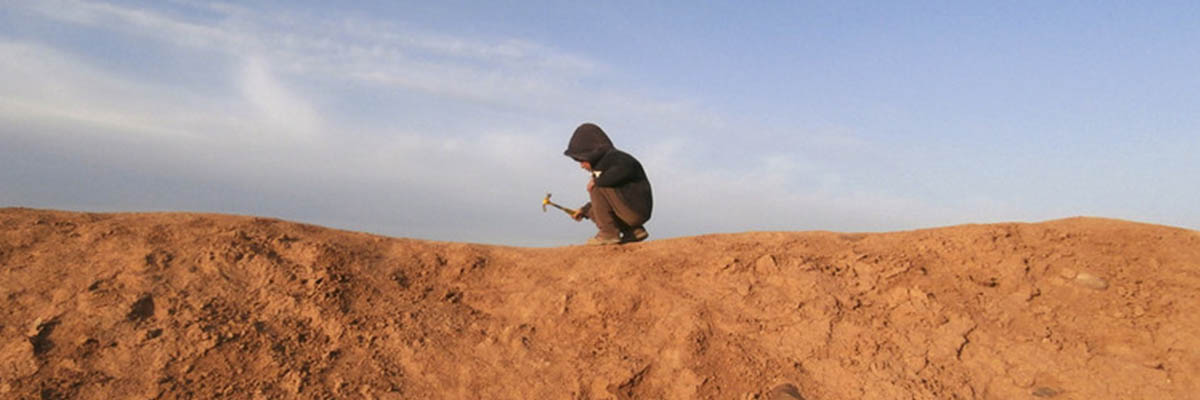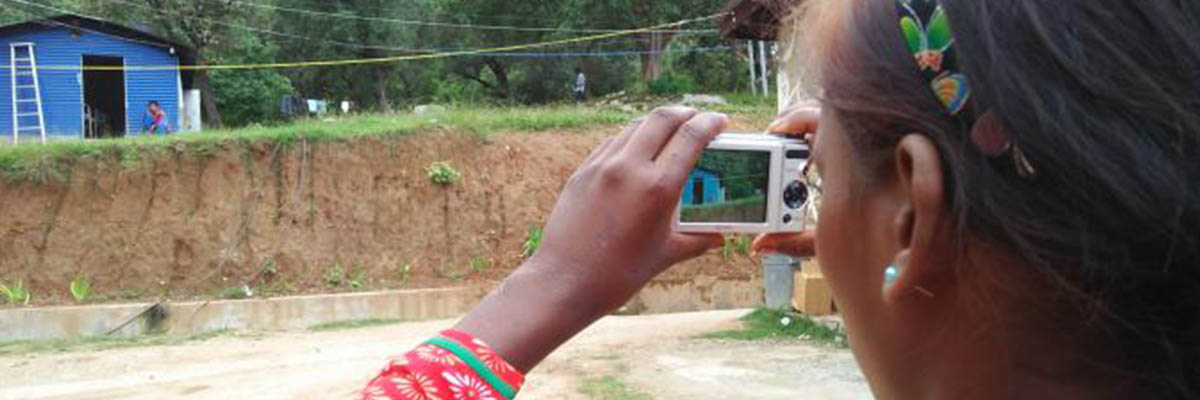Giving young people a platform to have their say
When you read stories and see images of Save the Children’s work around the world, chances are those stories have been captured by an outsider. Likewise, how children access information in our programs is often prescribed by a development professional.
It’s a necessary part of the work organisations like ours do. Yet we also want more young people to be empowered to tell their own stories, and to participate more fully in how information is shared.
At Save the Children, we’ve been giving children and young people the chance to be heard and to contribute to information that can change their lives. It’s a potent combination that gives children voice and agency. From participatory photography to mapping their cities, here are three ways we use technology and media to give children a platform to have their say.1
Giving children cameras
Giving children cameras has become a well-known method for seeing the realities of life through a child’s eyes. In situations where children are often not truly listened to, putting a camera in their hands can give them a visual voice, especially when the images they produce reach far and wide.

Syrian children inside Za’atari Refugee Camp in Jordan were given cameras and training as part of a collaboration between Save the Children and Magnum photographer, Michael Christopher Brown. Life in a refugee camp, photographed by the children who live there, can throw up some perspectives an outsider would never capture.
They documented their surroundings, worries and the things they look forward to and, for two years, these children shared their images on a joint Instagram account called Inside Za’atari. For once, they were in charge of how their stories were told to the outside world.
The images captured by children on Inside Za’atari were sometimes rough and raw, but the stories we see and hear don’t necessarily need to be polished and professional to have impact.
“Any one of these kids has the potential to become a good photographer. Perhaps even a great photographer … what they need is our support and our encouragement, to realise their potential,” said Michael.

The impact? With confidence, they were able to tell the world they were children and young people with potential and dreams, waiting for change. The photos show they are resilient and resourceful, and hopeful – not just victims of a terrible war.

A similar participatory photo project, Girls with Cameras, set out to highlight the experiences of girls in parts of rural Nepal, and give them the chance to document some of the challenges in their lives.
“I had never used a camera in my life,” explained 16-year-old Sanju. In her community, girls are not given the same opportunity as boys, and certainly not the chance to be vocal about what matters to them.
With a camera, Sanju and girls like her had a tool they could use to talk about the things they cared and worried about. One participant took pictures of her chhaugoth, a shed where girls and women stay each month when they are menstruating. Others documented child labour and exploitation in an effort to raise awareness about what was happening to children in their communities.

“I want to be a journalist,” said a participant, named Kamala. “I want to take pictures of all the bad things happening in our village, and also highlight the positive aspects.”
Community Radio
Getting kids on the radio can provide an opportunity for children to participate on bigger issues that are usually left to powerful policy makers and governments – and it can be as simple as a recording studio and a network of battery-operated radios.
In two separate radio stations in the Philippines, young presenters have been taking to the airwaves on climate change. Hosting their own radio program has given them the chance to be heard on a global issue that will inevitably impact them at the local level.